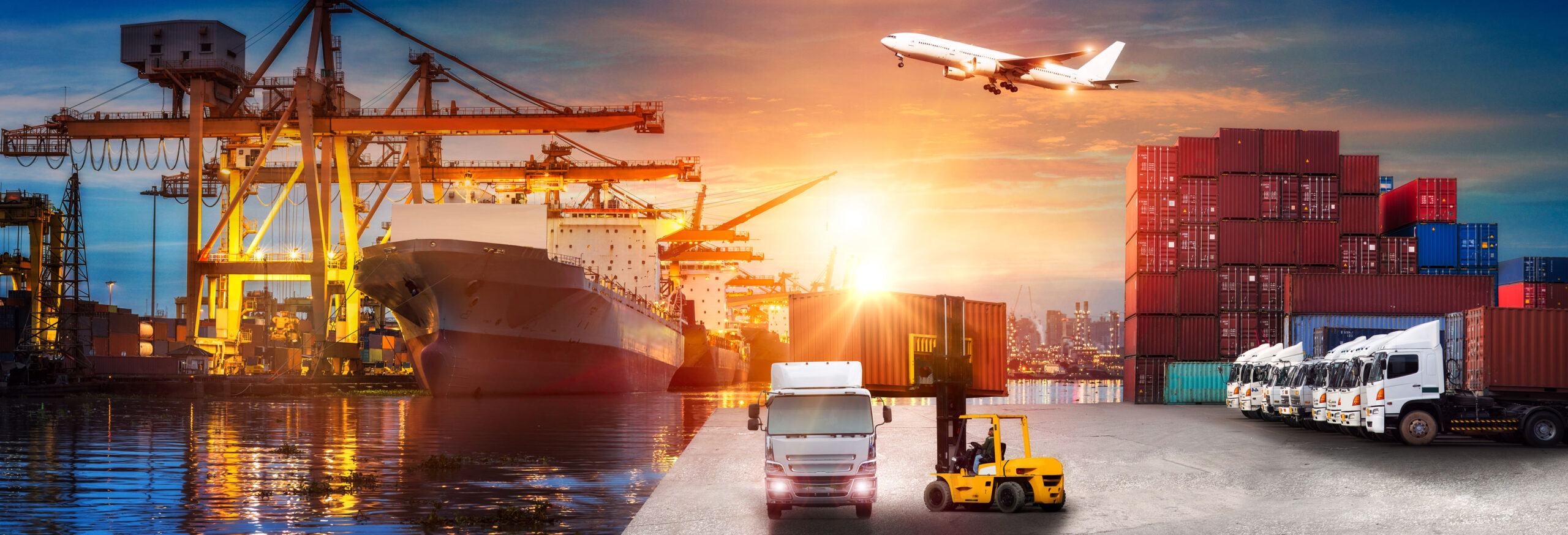Sustainability has various definitions.
These definitions usually emphasize an environmental dimension – the goal is to co-exist on our planet and avoid depleting its natural resources. Its economic and social dimensions combine to form what we call the pursuit of global environment sustainability. But it’s not simple to achieve, as in a free market economy, short-term economic imperatives, unfortunately, often prevail.
Hence, there’s an important role that governments play in helping us achieve it, by providing education, leadership, incentives and, last but not least, regulations. One of the challenges we face today is the economic pressure leading us to want to go higher, faster, be more efficient and/or profitable, leading to the continuous economic growth that is supposed to benefit all.
A good example of the negative impact of growth from a sustainability point of view is e-commerce. Selling online provides great opportunities for SMEs to expand and grow their business, literally opening the world to them. And e-commerce was essential for everyday supplies during the pandemic, as physical stores were closed. But is also enabled giants like Amazon, Alibaba, Temu, Shein and others to become dominant, killing independent brick-and-mortar retailers in the process, encouraging overconsumption, creating waste, and putting more trucks on our roads, at great cost to the environment – in the end, not an extremely sustainable activity.
E-commerce and 3PLs
E-commerce has been a major boon for 3PLs, as businesses rely more and more on them to manage their logistics needs, including warehousing, order fulfilment, shipping, and the handling and processing of returns. A classic form of outsourcing, 3PLs allow e-commerce vendors and merchants to focus on product development, marketing, and sales. In fact, the growth of 3PLs has been fuelled by the continuous expansion of the e-commerce market. As e-commerce continues to grow, so does the demand for efficient and reliable logistics solutions, as evidenced in several industry market growth projections. This activity has become a large portion of many 3PLs volumes, if not their primary one.
For 3PLs to play a role in sustainability requires innovation, some outside-the-box thinking, dedication, and investment. A sustainable 3PL will strive to prioritize eco-friendly operations and practices, with the objective of reducing carbon emissions, maintaining a balance between operational efficiency and environmental responsibility, while also staying competitive. Some of the tools available to achieve this include optimizing transportation routes, consolidating shipments, utilizing green shipping solutions, and using energy-efficient warehousing.
For many companies, implementing carbon-neutral shipping options has meant investing in electric delivery vehicles to reduce emissions. More and more of these electric vehicles can be seen on our streets and roads, operated by the likes of DHL, UPS or Fedex. They all have publicly broadcasted very laudable goals to achieve carbon neutrality by a certain date, or cutting CO2 emissions by a certain percentage, and so on. Some challenges in this respect include whether the power grid will sustain the increased demand for electricity and whether charging stations will become readily available. The stability of equipment manufacturers has also become an issue. A US pioneer of electric trucks, Nikola, went bankrupt in February 2025, while Canada’s own Lion Electric entered creditor protection in December 2024. Adding to this volatility was Sweden’s high-profile battery manufacturer Northvolt, filing for bankruptcy in March 2025. Its Canadian subsidiary, Northvolt Batteries North America, is building a plant in Québec, with $7 billion in federal and provincial aid.
Being green and sustainable inside the warehouse requires investments in renewable energy. Implementing energy-efficient technologies like LED lighting and solar power systems will lower energy consumption. Optimizing storage solutions and recycling materials contribute to minimizing the production of waste, contributing to the sustainability of warehouse operations. Yet in the end, customer satisfaction is what drives many industries, including 3PLs. Customers’ expectations of environmentally friendly solutions and alternatives will be key to improvement, helping companies achieve ESG goals. Using sustainable packaging solutions is another avenue available to reduce our environmental impact. This includes using recyclable or biodegradable materials and optimizing package sizes
to minimize waste.
Consumers
Consumers must be more environmentally conscious of the consequences of purchasing habits.
Do we need this rush delivery via Amazon Prime or can it wait? How about planning and grouping our purchases? Can we use a hand tool to rake garden leaves? Can we limit SUV use to long-distance travels? Industrial and individual customers play a role. Efficiency, speed, and profit aren’t everything, as sustainability is also crucial.
One challenge facing Canada is the trend towards less regulation south of the border, where many rules are being relaxed or thrown out the window, be they financial, regulatory, relating to diversity, equality or inclusion, or to the environment. We’ve all heard Trump’s motto: drill, baby drill (even if it kills the planet?). Regulations are often necessary, but they do have an impact on costs. With the US doing away with so many regulations, lowering costs for businesses, including tax cuts for corporations and the wealthy, are we going to be able to continue to have higher standards? Sustainable practices will contribute to preserving our planet, but we cannot act alone.
It has to be a collective, global effort.
To read the full article, please visit: https://www.supplypro.ca/features/sustainable-logistics/

